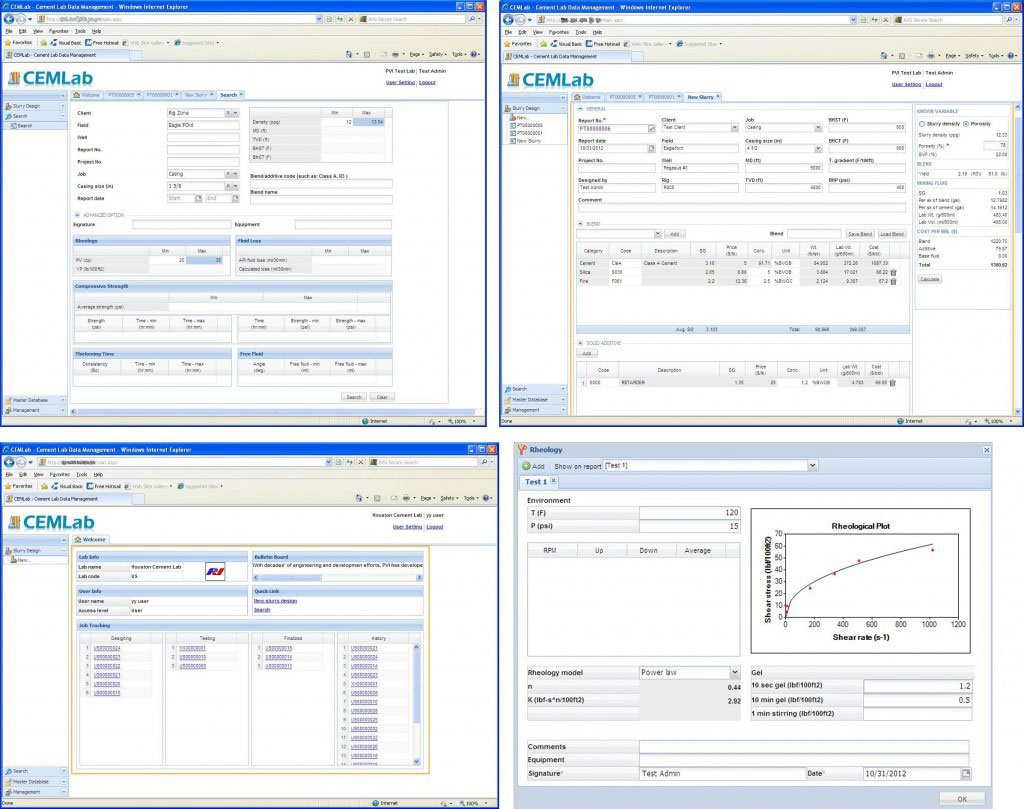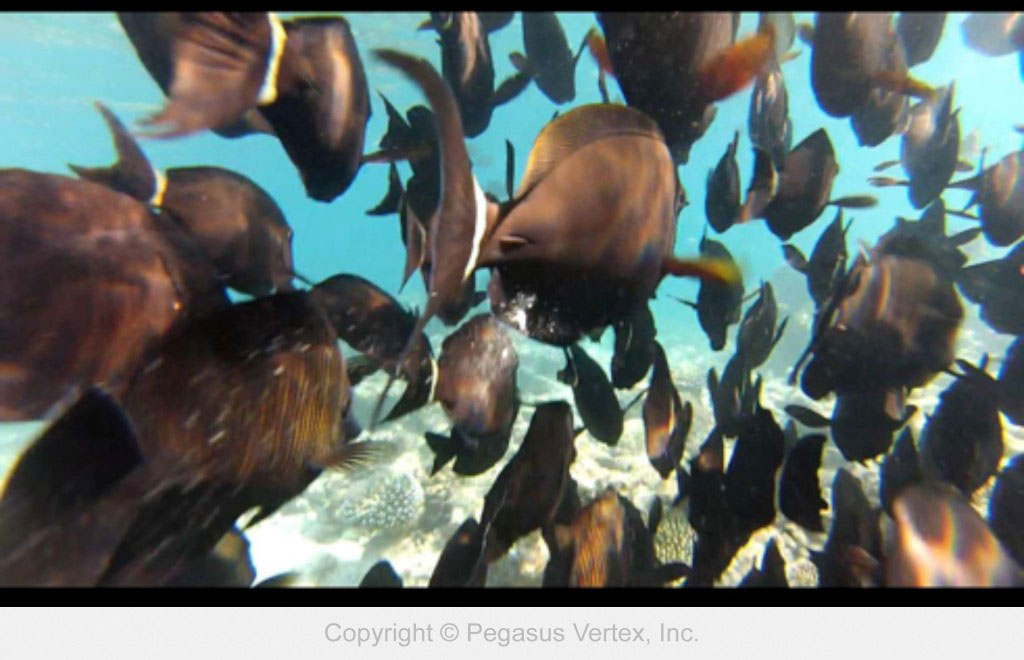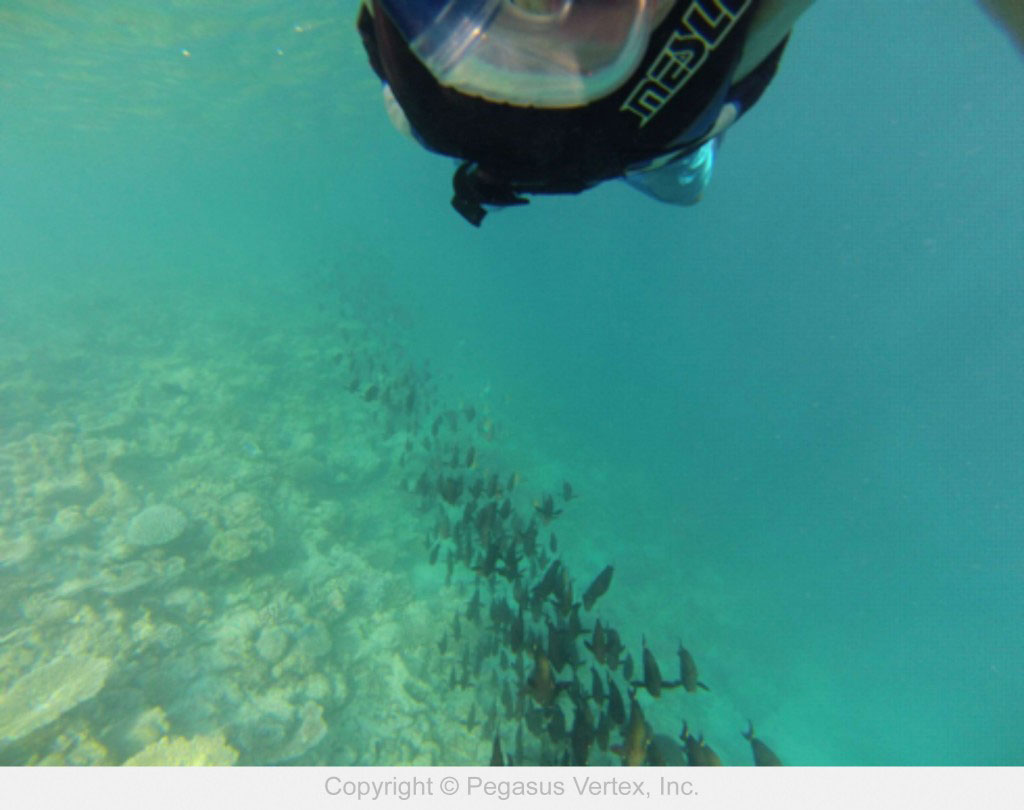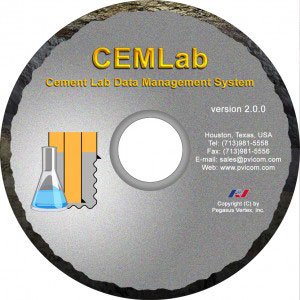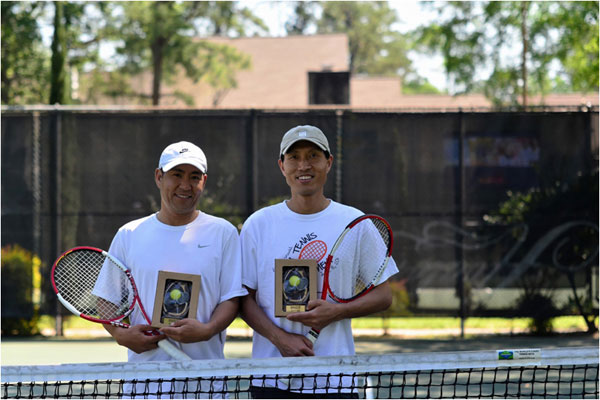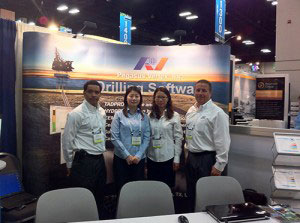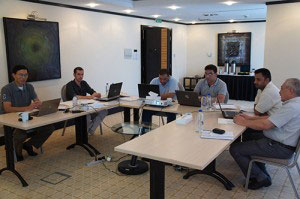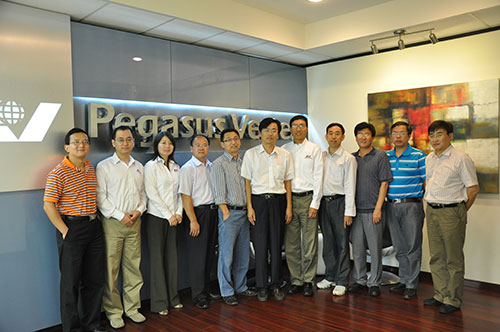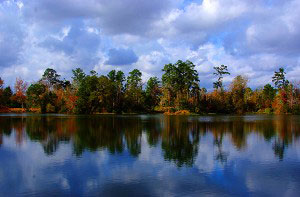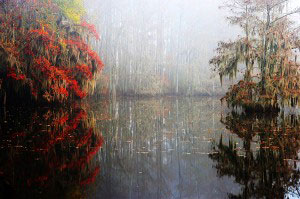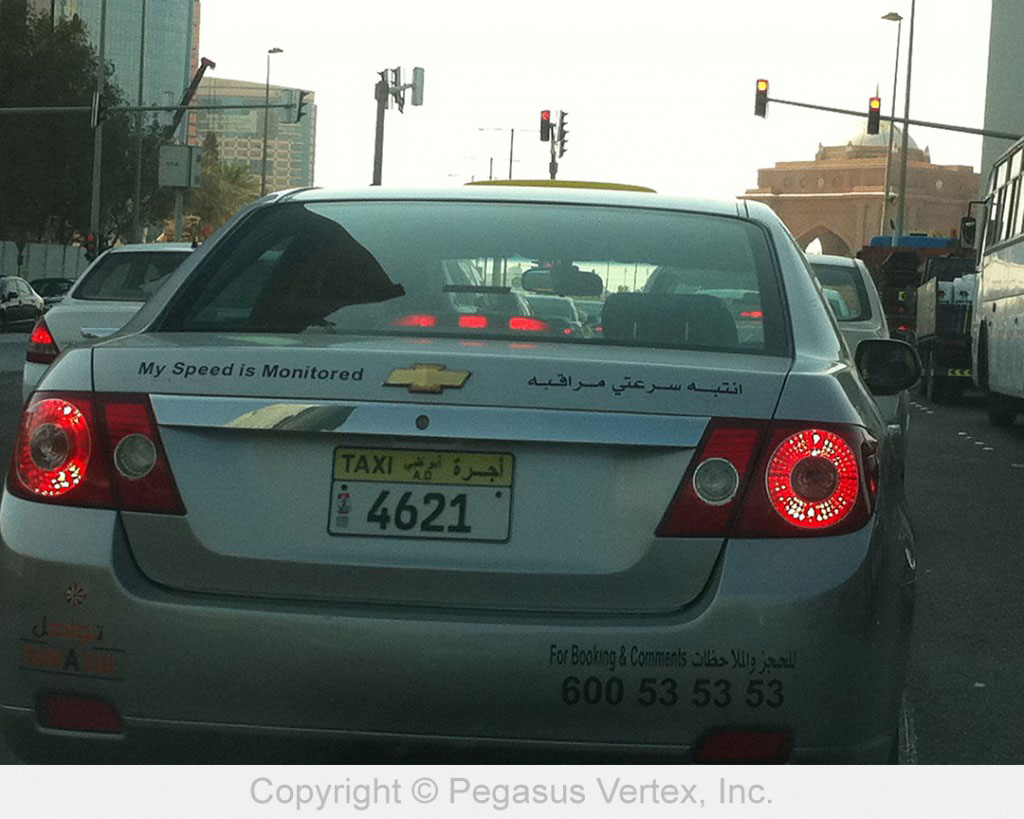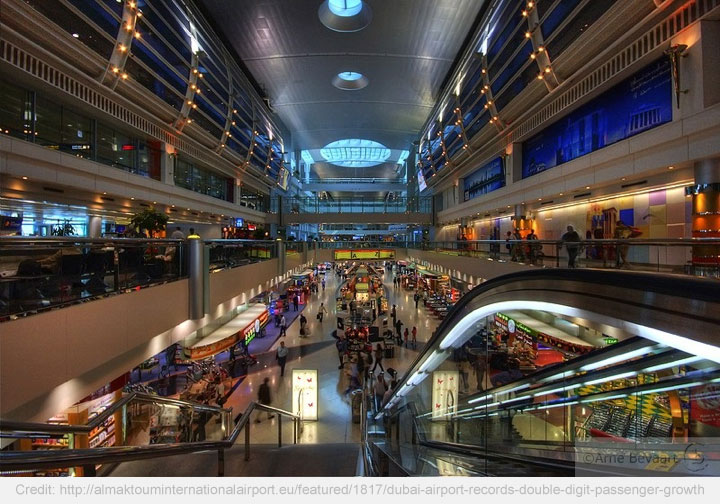I took a side trip to the Maldives this November while on a business trip to Abu Dhabi. It is hands down one of the most beautiful places in the world.
The hotel I stayed in was more of an open-sided straw hut suspended over the crystal blue ocean than a hotel room. Long walking bridges connected the huts to the land. Only my imagination could have created such a perfect paradise.
The calm water looks warm and inviting. When I go snorkeling, it reveals even more colorful fish than the view from above revealed. But in this underwater motion picture lies a hidden danger. The danger of fish attacks.
Every bulletin board at the hotel had signs warning tourists to use great caution while enjoying the water.
In general, people tend to ignore warning signs. They think the dangers are figments of someone else’s imagination. The type of thing that happens to other people, in other locations, at other times, if they happen at all. Certainly they only happen to mean people or people with bad breath.
The warning sign about the triggerfish was very effective though. It left nothing to the imagination because it included a picture of the fish, the severity of its attack and the emergency procedures in case you should be attacked. There was even a clearly marked sign indicating where the doctor was located in the hotel lobby.
They were not leaving anything to our imaginations. If I was not careful, the danger would be real and I would be the triggerfish’s next victim and the doctor and I would surely meet while he tended to my injuries.
I knew I would obey that warning sign. The warning has stuck with me to this day because the sign was not just information about a fish, it affected me emotionally too. I was in fear of the fish.
As human beings, we spend the majority of our lives trying to avoid things that make us afraid. Failure is one of those things. It’s one of the things we fear the most as professional engineers.
Our professional journals are full of articles telling us how successful companies are at their operations and how R&D projects have transformed their way of doing business. They seldom write papers about their failures because documenting failure doesn't put their company in a favorable light with their peers. Except learning from failures is an excellent way to help fellow engineers to avoid similar mistakes.
We need to mix success stories where we can pick up great tips, as well as, failure stories where we can learn the hard lessons too. Experience comes from both. Observing warning signs, whether about triggerfish or downhole problems, keeps us from experiencing unnecessary pain.

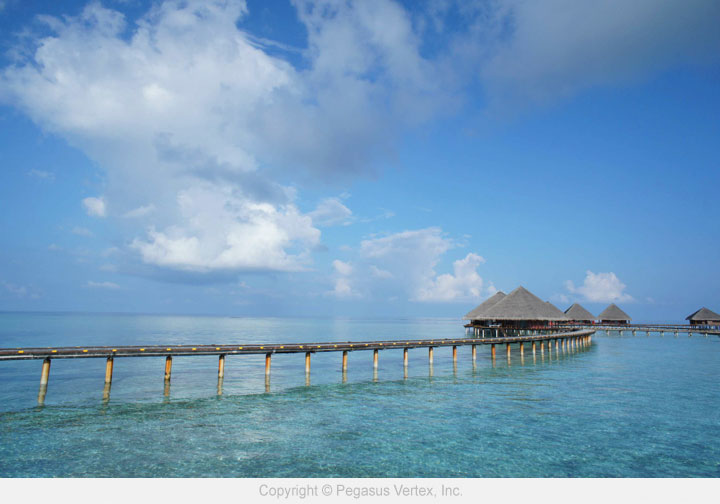
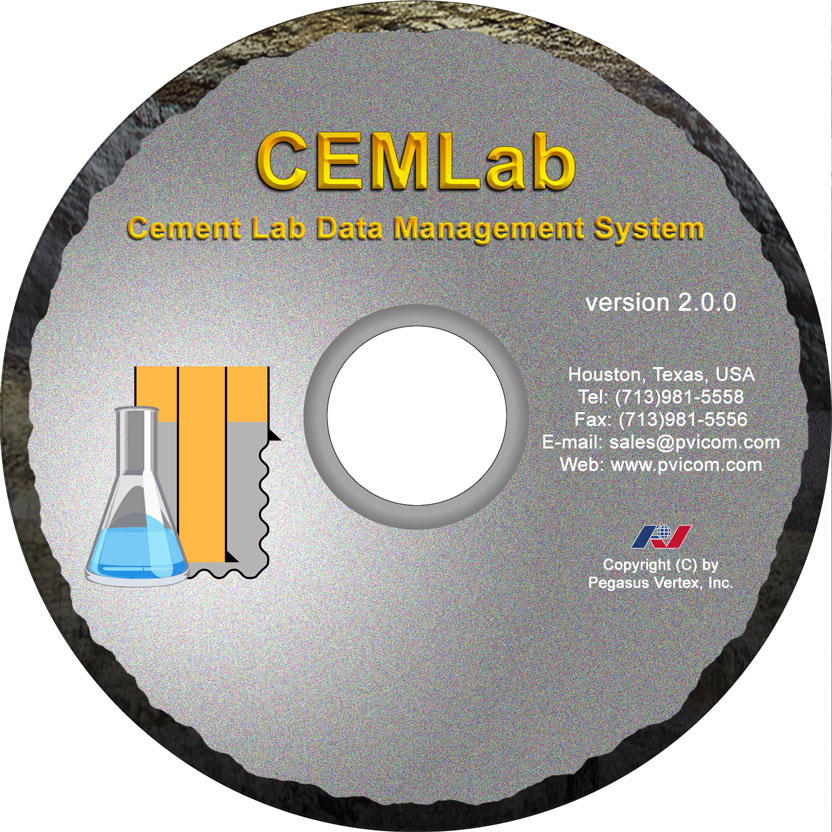 You can create your cementing masterpiece by inputting vertical depth, static temperature, circulating temperature and bottom hole pressure. You can consider solid and liquid additives and base fluids too. All are easily changed or updated with a click on the mouse.
You can create your cementing masterpiece by inputting vertical depth, static temperature, circulating temperature and bottom hole pressure. You can consider solid and liquid additives and base fluids too. All are easily changed or updated with a click on the mouse.